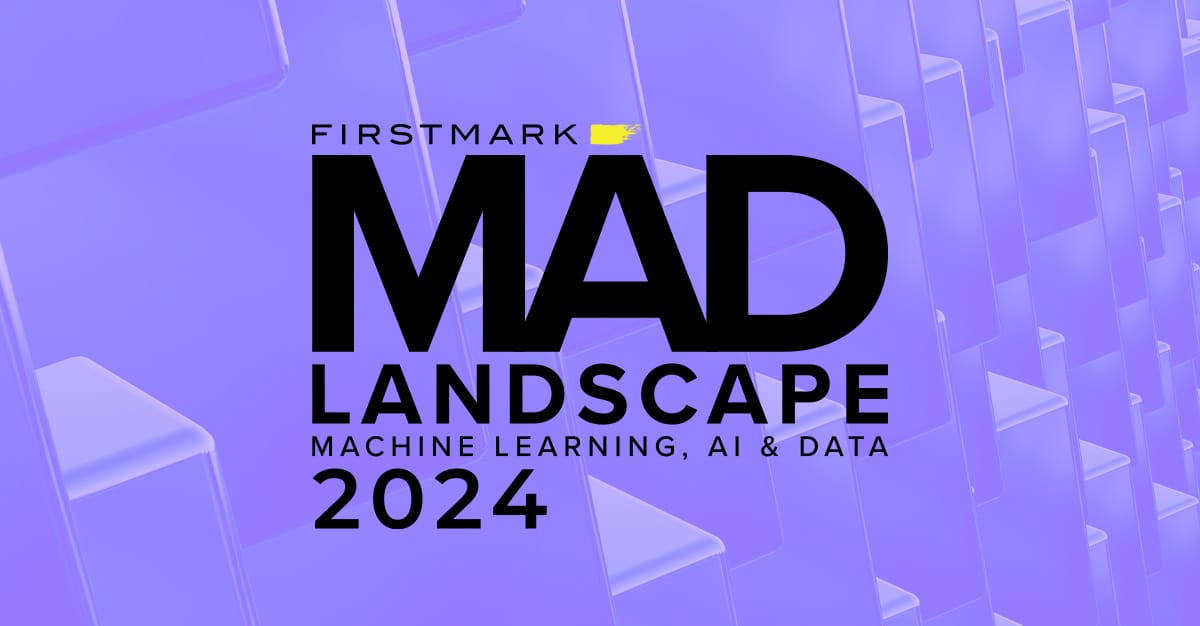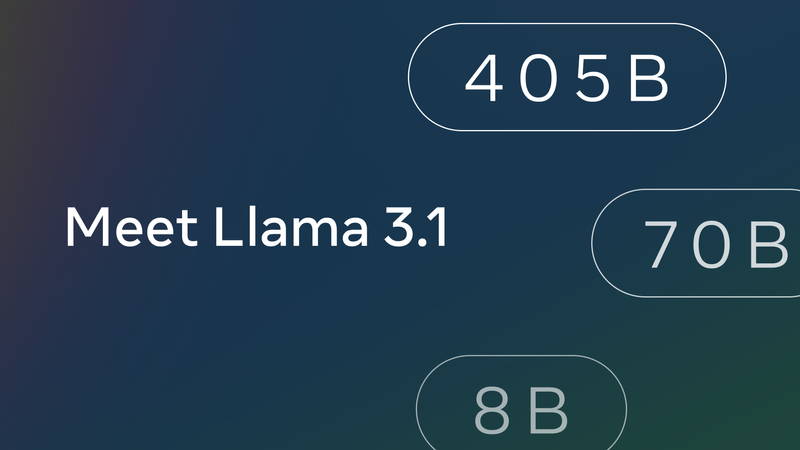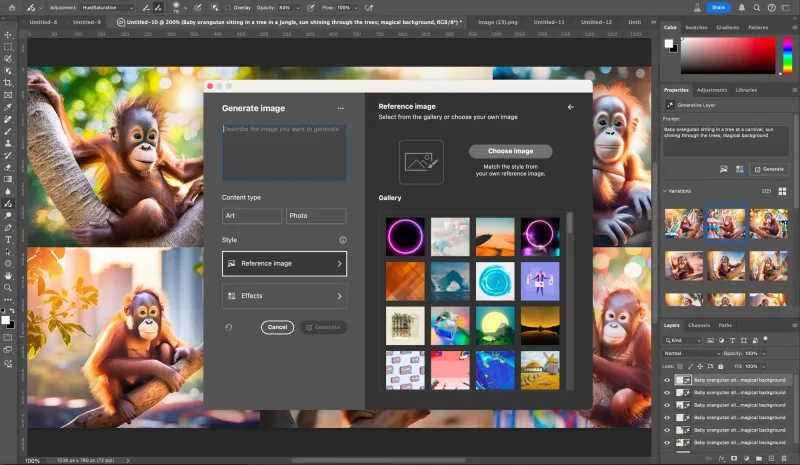The 2024 Machine Learning, AI & Data Landscape is hot off the presses
The 2024 MAD Landscape opens with a chart neatly organizing 2,011 active AI companies. The consequent discussion is equally informative and amusing, with this piece aiming to provide a not-too-brief overview.
The three-part tenth annual landscape offers a comprehensive view of the current state of the ML, AI, and Data ecosystem. The first part of the MAD Landscape is an impressive graphical representation of the 2,011 (!) companies currently shaping the landscape. As a point of comparison, the very first MAD Landscape (2012) featured 139 companies. The 2,011 logos for each company fall into one of seven broad categories: Infrastructure, Analytics, ML & AI, Applications, Open Source Infrastructure, Data sources & APIs, and Data & AI representation. A glance at the whole chart reveals that Infrastructure, ML & AI, and Applications are, quite unsurprisingly, the largest pieces in the MAD Landscape pie.
That Infrastructure, ML & AI, and Applications are the most crowded areas is not fortuitous. Rather, their dominance stems directly from the last decade's two big waves of company creation: the data infrastructure cycle (2014ish – to date) and the more recent ML/AI cycle. Moreover, since the latter is recent enough that many startups are still finding their way into the scene, the authors found it most reasonable to include every active company. It is also worth noting that, in addition to registering the active players in the field, the MAD Landscape chart cleverly depicts two general themes that are fleshed out in the following section: the symbiotic relationship between infrastructure/analytics, ML & AI, and applications; and the idea that one ought to think about the MAD space as a full lifecycle or an assembly line rather than as a collection of isolated components.
According to the authors, this is the first year that the pace of development and the coverage of all things AI has hindered the delivery of a comprehensive "state of the union", a staple of MAD Landscape's past editions. Instead, the 2024 MAD Landscape's Part II lists 24 themes that have loomed over the current state of affairs, so much so, that some of them have come up in our recent news pieces. Some of the most notable topics include:
- The challenges of managing structured and unstructured data and the somewhat unwarranted neglect that structured data has been experiencing since generative AI became the cool kid on the block. There is perhaps no better way to exemplify the structured/unstructured divide than with the Snowflake vs Databricks rivalry. Oddly enough, this picture can be extended to incorporate the threat of Big Tech's dominance to startups by throwing the recent launch of Microsoft Fabric into the mixture. Amusingly enough, Mistral AI struck deals with both.
- The rise of the (modern) AI stack is inevitable as LLMs relentlessly demand to ingest all available instances of unstructured data. The generative AI infrastructure rush has given rise to startups in assorted domains, including vector databases, frameworks, and guardrails. This connects nicely with the rise and fall of the modern data stack: although it is too early to tell, not all startups will go on to become multi-billion companies, and there are likely elements of the stack that big companies will develop in-house.
- The dreaded AI overhype theory is starting to show its face: there is talk of hype so intense it is starting to shape itself into an AI bubble, and although for the most part, everyone has been happy to ride the funding wave, some causes for concern include the fact that much of the enterprise AI spending is still for proof of concepts coming from innovation budgets and that consumer AI apps have disappointing retention rates, suggesting that generative AI may be more of an experiment than a promising source of productivity and innovation.
Additionally, there is the alleged death of 'traditional AI', the rise of hybrid solutions combining LLMs and SLMs, the question of whether thin wrappers should become thick wrappers, the advent of AI agents, the plausible gen AI plateau, NVIDIA's (over)valuation, Microsoft's dominance, OpenAI may be overextending itself trying to be everything for everyone, the revival of consumer applications, and much more.
Part III rounds up the 2024 MAD Landscape report by offering a brief overview of the financial aspect of the equation. The overall funding fails to pick up, with whatever money coming from corporate investors (Microsoft, Amazon, Google) going to AI, and more precisely, to a select number of startups. It is no secret that Microsoft is investing heavily in OpenAI while keeping its options, open. Additionally, Amazon recently completed its $4B investment in Anthropic. Far from the corporate investment realm, numerous deals were completed, and a handful of mergers, privates, and acquisitions took place. Reddit's IPO was the IPO of the year, joined only by Klaviyo and Astera Labs.
In closing, the 2024 MAD Landscape report captures the ups and downs of a fast-moving, always-evolving ecosystem magnificently. It is a highly recommended read that can be found here.





